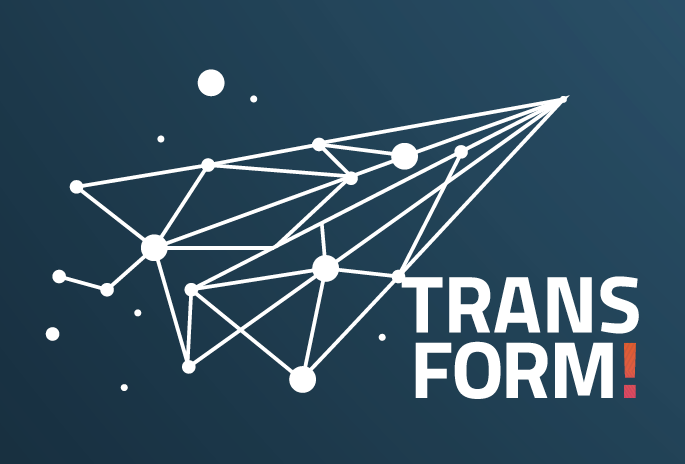Digital transformation: the professional press is full of definitions and statements. Many IT managers don’t know ‘Why’ they should change something within their IT department. So why should your organization change its IT infrastructure? Clues exist on ‘What’ kind of products and services you need to reach the magic digital goals, sometimes told by corresponding sales representatives. Other people know ‘How’ to implement these innovative technologies, maybe on the advice of an IT partner. But, ‘Why’ you should change is far more difficult to find out.
First, let’s examine how difficult an IT transformation is nowadays? Here are some numbers.
Hard numbers
According to Forbes, 84% of IT transformations fail. Mckinsey suggests that 70% of digital transformations fail. Not the best figures so far. From a financial perspective the same picture emerges. Consultancy UK estimates the costs of failed IT transformations at $ 400 billion a year.
The BBC
An example. In 2013, this up-to-the-minute news organization lost £ 100 million to a failed IT transformation project. What went wrong? According to an audit by PwC, the BBC struggled with weaknesses in project management and reporting. In addition, there was insufficient knowledge and experiences with (large) IT changes. The audit showed the assumption of BBC that digital transformation only concerned technology and that it was only a technological problem. The challenges at the cultural and behavioral level were overlooked. BBCs change management was also underestimated.
ING
ING has been committed to a digital transformation for several years now. And with success. But it wasn’t easy. During the transformation, ING encountered some serious challenges:
– Other knowledge and competences were required. So a large training and development program was necessary.
– Employee sourcing. How to right size the new balance between hiring and in/outsourcing?
– They were coping with the shift in business and IT alignment, which comes together with new and more automated technologies. Due to the new interaction model, the company’s business branch had to learn a lot more about IT. How does one involve the business side of the company?
– Standard, and especially legacy applications, have little support for modern technologies. To what extend are investments wise or become a pitfall?
IT transformation extremely difficult
As the figures show, more than two thirds of companies fail and money is being wasted. Even big, prosperous corporations like the BBC are entering the fog. And successful transformations were all but easy.
Most executives and managers sure now how to start a project and what is needed. Why is it their projects fail in that large amounts? Maybe it lacks too much on ‘Why’ the project was started: a clear and committed connection between the project objectives / results with the vision and mission of the company.



